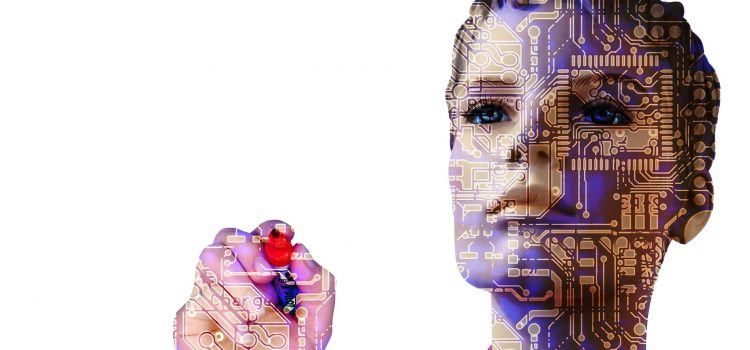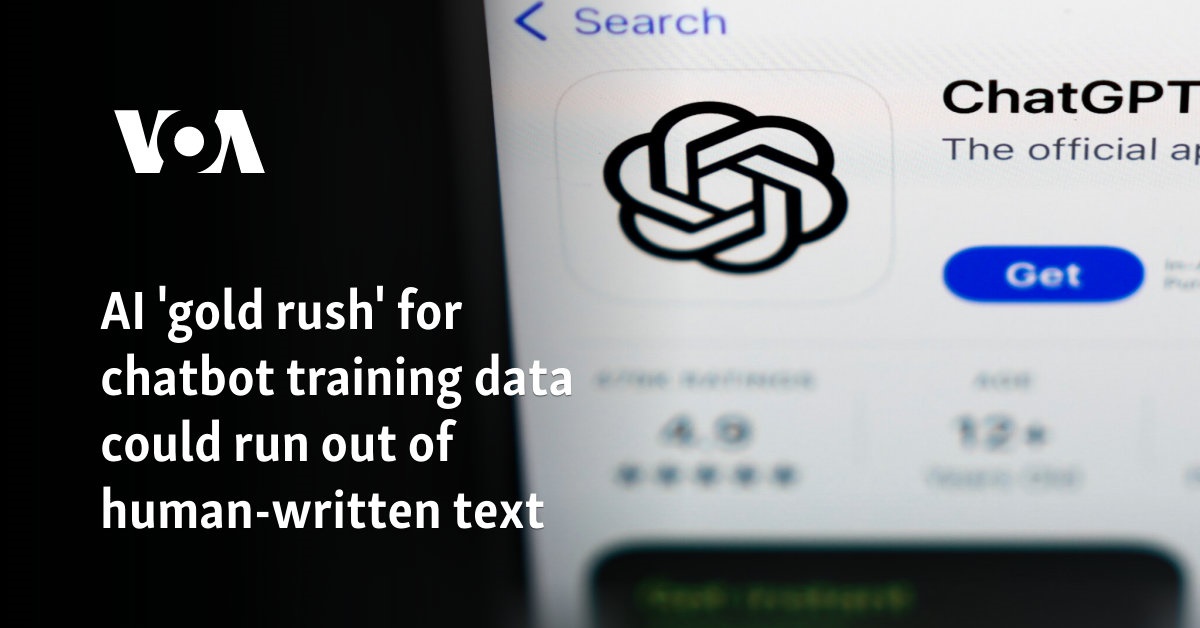- Homepage
- TECHNOLOGY
- Can a Technology Called RAG Keep AI Models from Making Stuff Up?
Can a Technology Called RAG Keep AI Models from Making Stuff Up?
In the rapidly evolving world of artificial intelligence, one of the persistent challenges has been ensuring that AI models generate accurate and reliable information. This problem, often referred to as “hallucination” in AI, involves models producing incorrect or fabricated data. A promising technology known as Retrieval-Augmented Generation (RAG) is gaining attention for its potential to mitigate this issue.
What is Retrieval-Augmented Generation (RAG)?
RAG is a hybrid approach that combines retrieval-based methods with generative models. In simple terms, it integrates the strengths of both systems:
- Retrieval-Based Systems: These systems fetch relevant information from a pre-defined dataset or knowledge base. They are excellent at ensuring the accuracy of the data because they rely on pre-verified sources.
- Generative Models: These models, such as GPT-4, generate responses based on patterns and knowledge learned during training. They are creative and capable of producing human-like text, but they can sometimes “hallucinate” or produce incorrect information.
By merging these two approaches, RAG aims to provide the best of both worlds: the accuracy of retrieval-based systems and the generative power of AI models.
How Does RAG Work?
RAG operates in two main stages:
- Retrieval Phase: When a question or prompt is presented, the system first retrieves relevant documents or information from a large, structured dataset or knowledge base. This dataset is usually a collection of verified and factual information.
- Generation Phase: The generative model then uses the retrieved information to construct a response. The generative process is guided and constrained by the retrieved data, which helps to ground the generation in factual content.
Benefits of RAG
- Increased Accuracy: By anchoring the generative model with retrieved data, RAG significantly reduces the likelihood of generating incorrect information. The model’s output is more likely to be factual and reliable.
- Contextual Relevance: RAG ensures that the generated responses are contextually relevant to the query, as the retrieval phase provides specific and pertinent information for the generative model to use.
- Dynamic Updates: Since the retrieval system can access up-to-date information from a dynamic database, RAG systems can remain current without needing frequent retraining, unlike traditional generative models.
- Enhanced Trust: Users and developers can have greater confidence in the outputs of RAG systems, knowing that they are based on verified data, thus enhancing the trustworthiness of AI applications.
Applications of RAG
- Customer Support: RAG can provide accurate and contextually relevant responses, improving the quality of automated customer support services.
- Content Creation: For tasks requiring factual accuracy, such as news generation or academic writing, RAG can ensure the content is based on reliable sources.
- Knowledge Management: In corporate environments, RAG can help employees retrieve precise information quickly, enhancing productivity and decision-making.
Challenges and Considerations
While RAG offers significant advantages, it is not without challenges:
- Quality of Data: The accuracy of a RAG system heavily depends on the quality of the underlying dataset. Ensuring this dataset is comprehensive and up-to-date is crucial.
- Complex Queries: For highly complex or abstract queries, even RAG systems might struggle to retrieve and generate perfectly accurate responses.
- Computational Resources: Combining retrieval and generation processes can be resource-intensive, requiring robust computational infrastructure.
Conclusion
RAG technology represents a significant advancement in addressing the hallucination problem in AI models. By leveraging the strengths of both retrieval-based systems and generative models, RAG offers a promising solution for generating accurate and reliable information. While challenges remain, the potential applications of RAG in various domains underscore its importance in the future of AI development.





